

Do 17E

The Dornier Do17E and F versions were the first of the Do 17 versions to be built in quantity for the Luftwaffe. The E version being a bomber and the F a long range reconnaissance aircraft. They were essentially similar and were produced in parallel. The F version had the bomb sight and bomb release gear removed and additional fuselage fuel capacity and cameras in the bomb bay. I chose to build the bomber version as I had found a paint scheme I liked for an E version. Both versions were powered by BMW 12 cylinder liquid cooled engines rated at 750 H.P. for take-off and had a maximum bomb internal bomb load of 1,650 lb. The Do 17 was the first German aircraft to have its design productionized, breaking a considerable proportion of the basic airframe down down into modules that could be easily sub-contracted which also had the advantage that relatively major components could be replaced at unit level. When the decision was made for large scale production the first major dispersed production program was started and it formed the pattern for this type of production for future programs.
The Kit
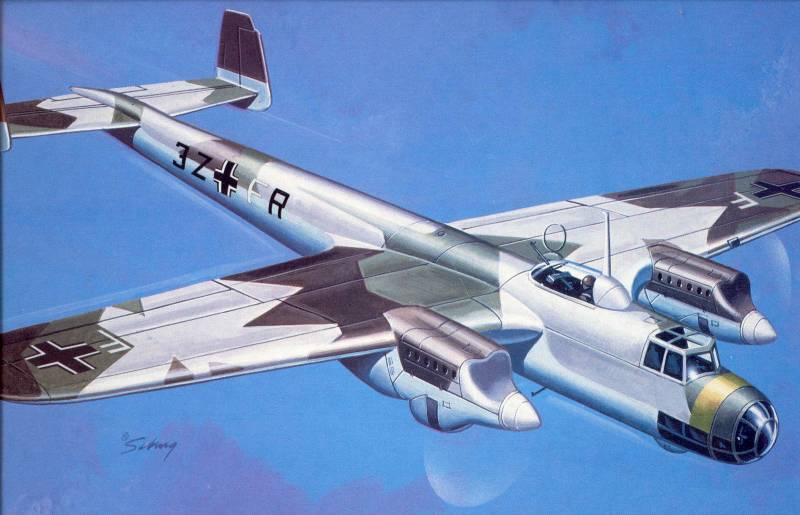
The Hobbycraft kit comes in an over sized top open two part box and can be built as either an E or F version and the artwork on the box is as uninspiring and inaccurate as the kit itself ! Inside the box there are two bags containing the sprues for the kit, one bag with two sprues and the other with three, the third one being the clear parts. I would prefer to see them bagged separately but in the end they will not be used anyway as they are not accurate. The kit is molded in a light gray plastic and has a smooth glossy finish. The panel line detail is recessed and uniform if slightly large. The parts are nearly flash free but some of the smaller parts have a fairly heavy parting line to clean up. The major airframe parts had no surface defects. There are some ejector pin marks inside the gear doors and fuselage. The control surfaces are fixed and the fabric detail is exaggerated. The wheel wells are not boxed in and have no structural detail. In fact there is not even a mounting surface for the landing gear. Their is no positive locators for mounting the engine nacelles, one must measure per the instructions out from the fuselage a specified distance. The cockpit detail is sparse and borders on fantasy. The fuselage is unusual in that it is a top and bottom assembly instead of being split left and right per most kits. I suspect this lead to some of the problems that will be discussed later. Normally I don't dwell on kit inaccuracies but this kit is loaded with them. The rear fuselage from the wing on back has no panel lines at all. Most drawings show many of them. What panel lines their are, are incorrect. The list goes on and on. One can only hope that eventually Classic Airframes or another manufacturer will release a decent kit of this aircraft, in the mean time were stuck with this abomination ! Altogether there are 72 parts in gray. See photos below.
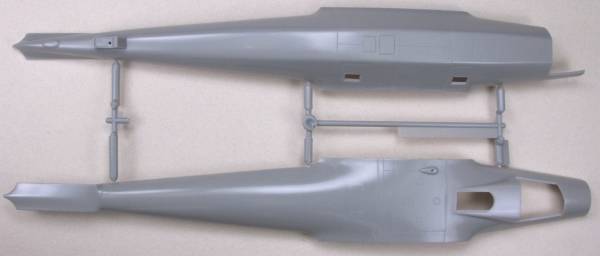
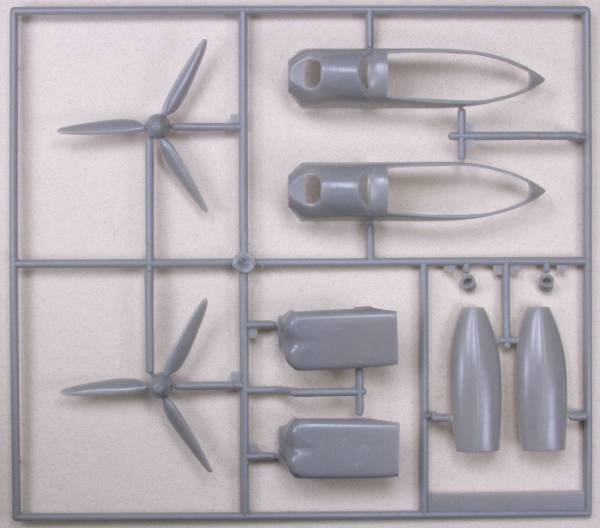
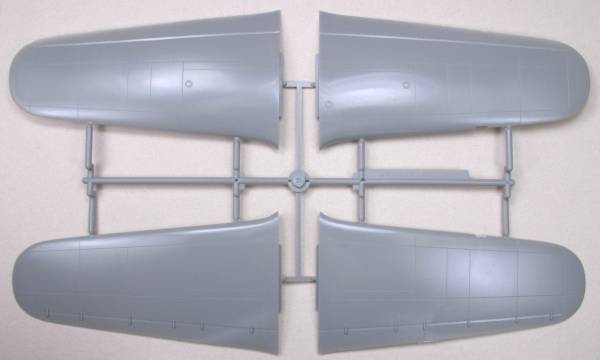
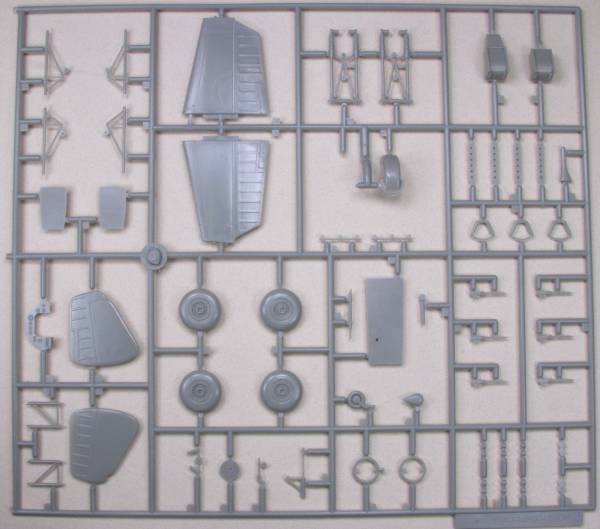
The clear parts are are reasonably clear but thick by current standards. They also suffer from accuracy problems as well. There are 9 clear parts for a kit total of 81 parts. See photo below.
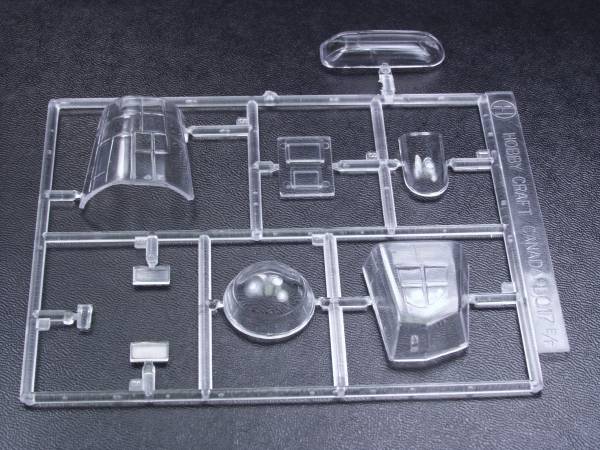
The decals are thin and registered with a semi gloss finish and include markings for two aircraft. I have heard nothing good about Hobbycraft decals so buyer beware. See photo below.
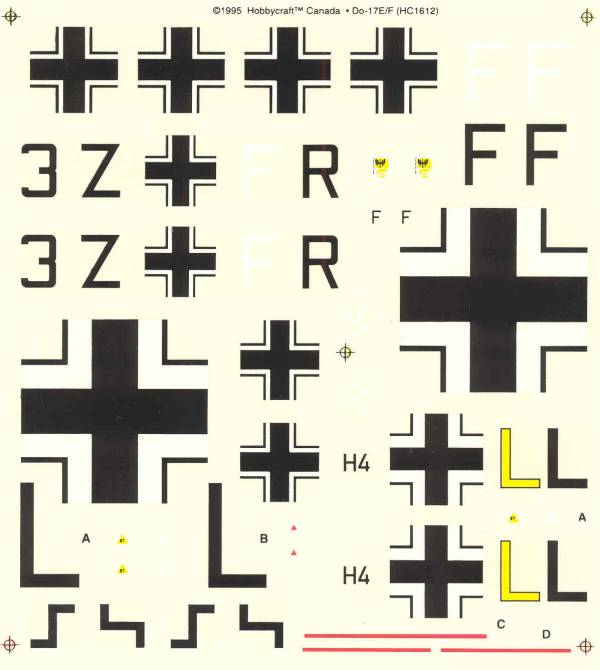
The instructions are printed on a long sheet folded in thirds so that its about 8 1/2" x 11" in size and has 6 panels. The first panel has a list of kit features, a color chart with color names, RLM numbers and Floquil, Humbrol and Model Master color numbers, and an icon chart. The next three panels are assembly instructions and the last two have painting and marking instructions.
After Market Goodies
The Squadron 9564 Do 17E/M/P replacement canopy set #1 and Squadron 9565 Do 17E/M/P replacement canopy set #2 are vacuformed replacements for the clear parts that are both thin and clear and have raised frame lines, some of which are better than others. Both sets are required. They do require some modifications to be done to the fuselage but that is necessary to correct errors in the kit itself. The sets include a diagram of where to cut the fuselage. Photos of the parts and scans of the instruction sheets are shown below.
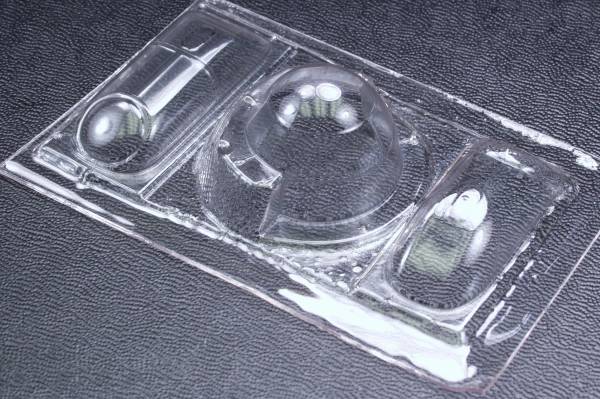
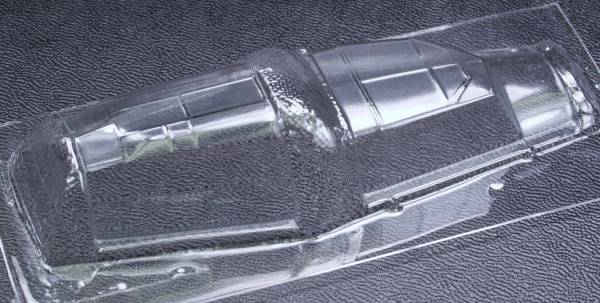
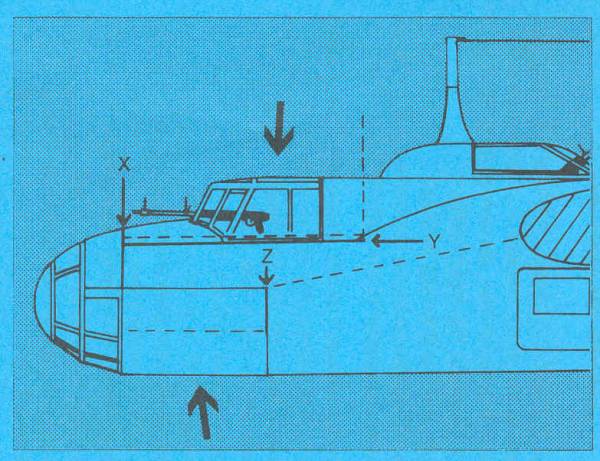
Conclusions
The kit has a number of inaccuracies, some that are easy to fix and others that are not. The major problem, known to the modeling community as the banana problem, can be fixed as described here Do 17 Banana fix. One of the other issues relates to inaccuracies in the cockpit glazing which can be taken care of with a 2 sets of Squadron replacement glazings. These require some surgery as well so this kit definitely isn't for those squeamish about using a razor saw. Other items will be dealt with as the model proceeds. After the banana fix the first order of things to do would normally be to work on the front office. There was a rumor that an after market interior parts may become available but I wouldn't hold my breath. Although there is a lot of glazing, the window size is small and I not sure that a lot of the interior will be all that visible.
Classic Airframes had announced it would be releasing an F version of this aircraft in 2008. They did release a new kit of the 17Z which is reviewed here. Unfortunately, in 2009, when the economy went south, Classic Airframes shut down and the kit was never released. We can only hope this will return when the economy gets better. The photo below was to be the artwork for the box.
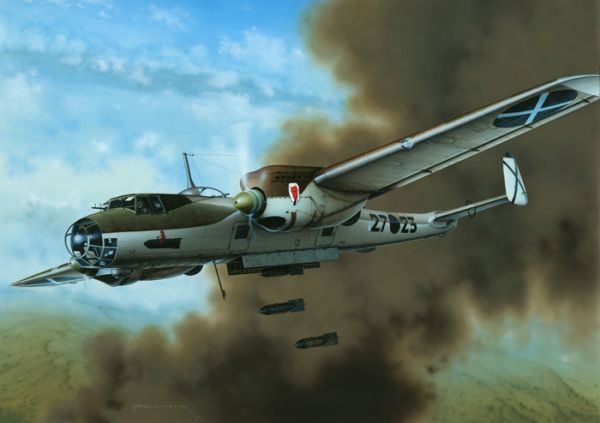
Links to kit build or reviews
References
Warplanes of the Third Reich by William Green
AirDOC Photo Archive No. 3 Dornier Do 17 E-Z by Manfred Griehl
Dornier Do 17 by Edward Kocent-Zielinski
The Flying Pencil by Heinz J. Nowarra